Life’s a beach: exploring Robert Rauschenberg’s Floridian island home
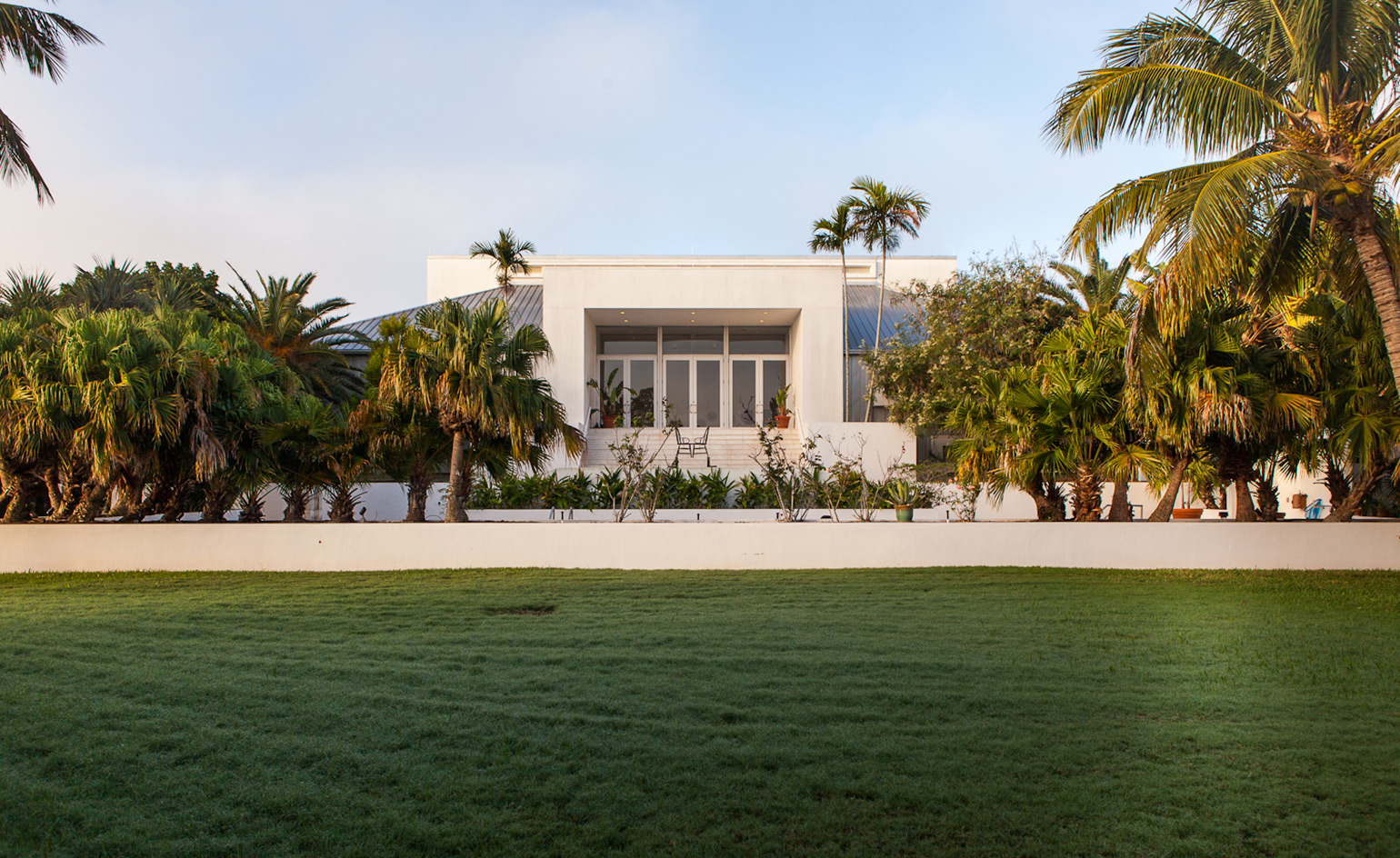
‘Every time I’ve moved, my work has changed radically,’ said the artist Robert Rauschenberg, who, after growing tired of living in New York in the 1960s, decided to buy a property in Captiva, Florida. It is easy to see why Rauschenberg – whose posthumous retrospective runs at the Tate Modern until 2 April, before going to MoMA in New York and the de Young in San Francisco – fell in love with Captiva, a tranquil island off of Florida’s west coast, lined with beaches along the Gulf of Mexico, and lousy with flora and fauna. Rauschenberg purchased his first property there, a beachfront house, in 1968. It wasn’t until two years later that he moved there full-time, setting up a permanent residence and a studio. He stayed in Captiva until his death in 2008.
Take a 360 degree tour of Robert Rauschenberg's home and studio on Captiva island
Staunchly averse to the urban sprawl that began on the island when developers wanted to build vacation resorts, Rauschenberg, who fished daily, would eventually purchase the properties of several of his neighbours. ‘He said, “Name your price, you can use it until the day you die, I won’t develop your property",’ said Matt Hall, a long-time employee of Rauschenberg. The artist would go on to acquire around a dozen or so properties across 20 acres of land.
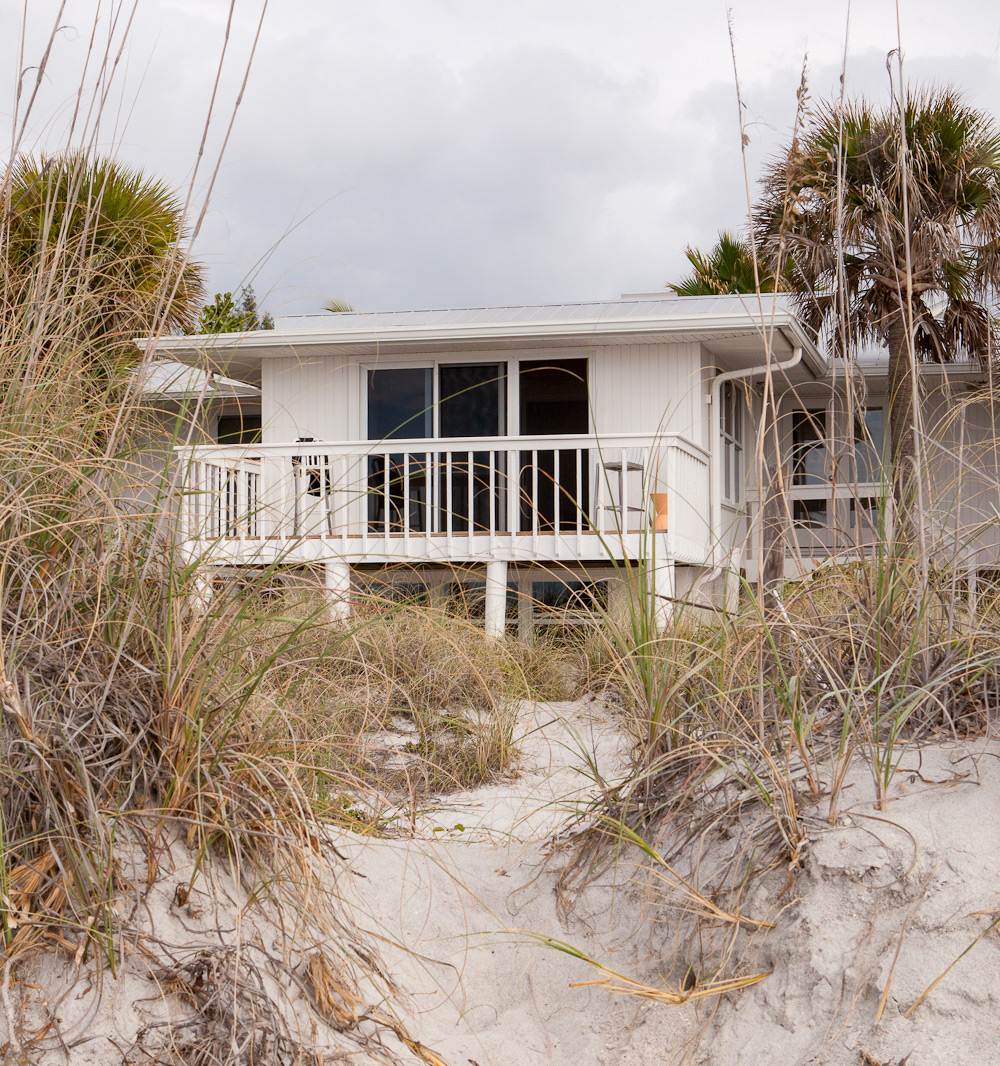
Rauschenberg’s beach house.
Rauschenberg’s work changed while sequestered in Captiva. It was there that he gathered cardboard boxes to create his Early Egyptian wall sculpture series, which he coated with sand from the beach. Rauschenberg also built a printing shop on his estate, to create screen-prints. Each house is lined with shelves that hold books on art, fashion, architecture, travel, film and more.
Even though it’s been eight years since Rauschenberg passed away, the artist’s legacy lives on in Captiva. Inspired by his time at Black Mountain College in North Carolina, Rauschenberg made sure that a foundation was created in his name to foster the work of artists and chefs (Rauschenberg was also a staunch foodie). Now, via residencies with the Rauschenberg Foundation, art and food practitioners can experience the place that so inspired Rauschenberg in the final decades of his life.
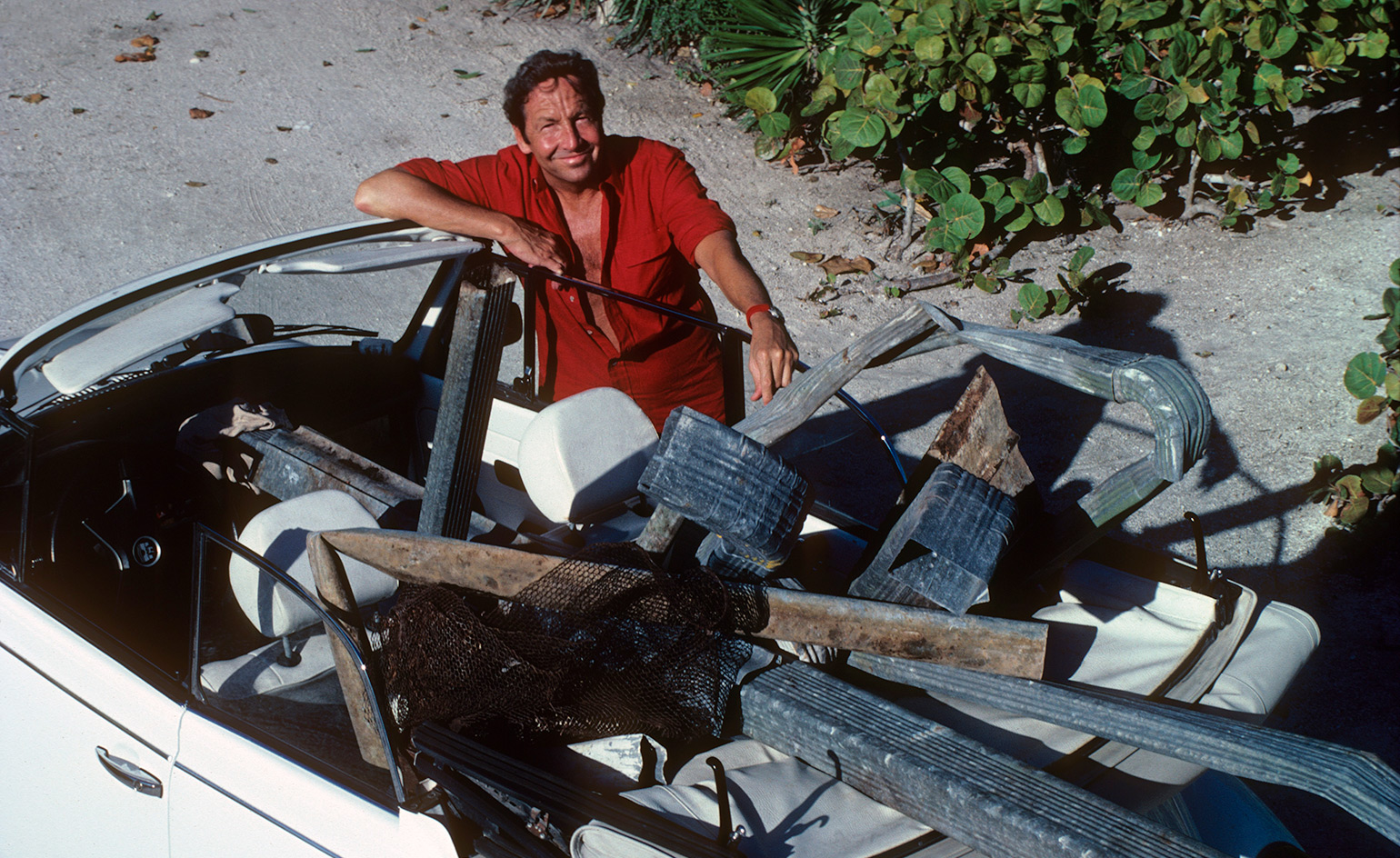
Rauschenberg in 1982, returning to his studio in his Volkswagen Bug convertible after a run to the Gulf Iron and Metal Junkyard, a source of materials for his Kabal American Zephyr series
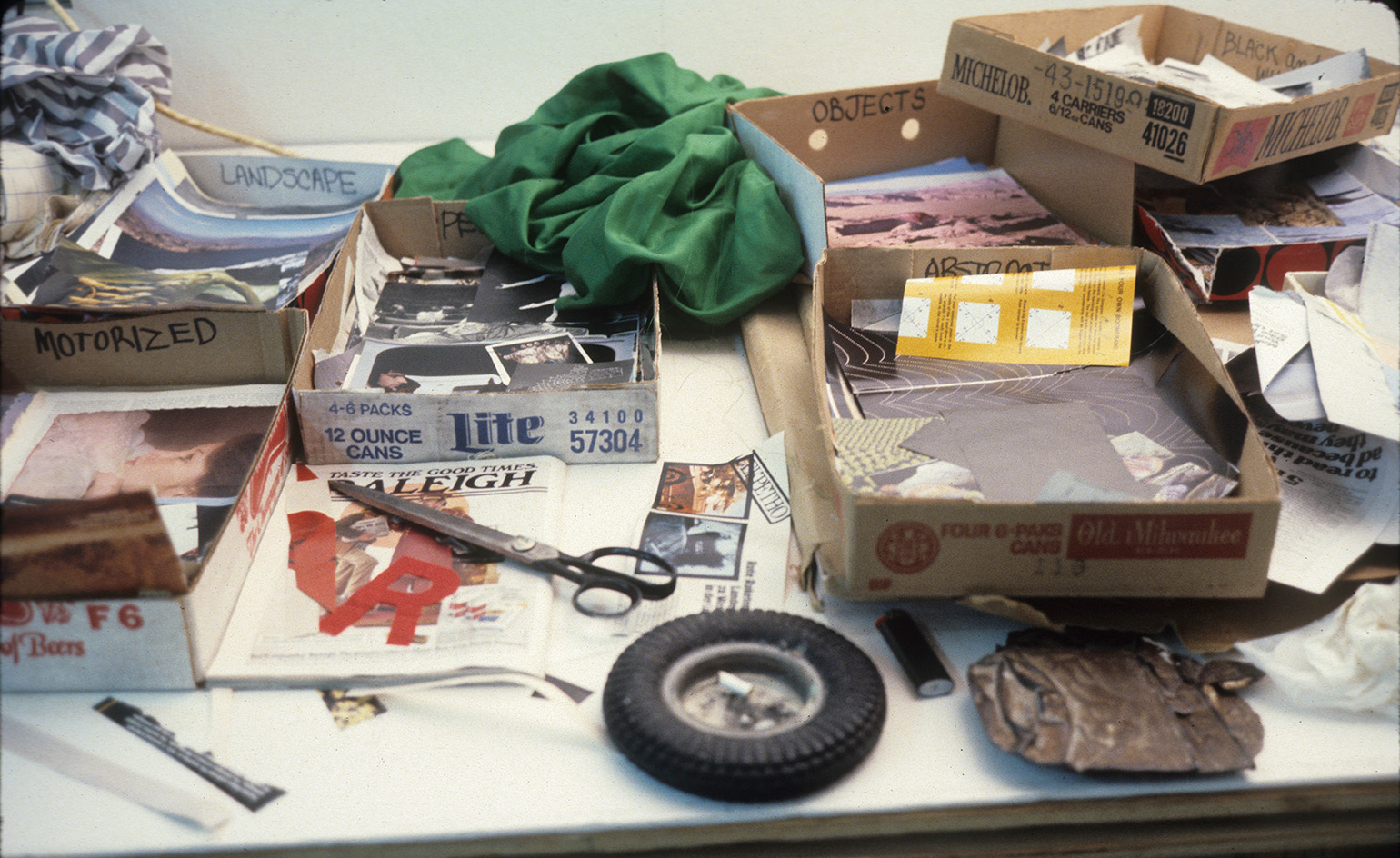
The artist’s collage materials sorted by imagery content, 1977
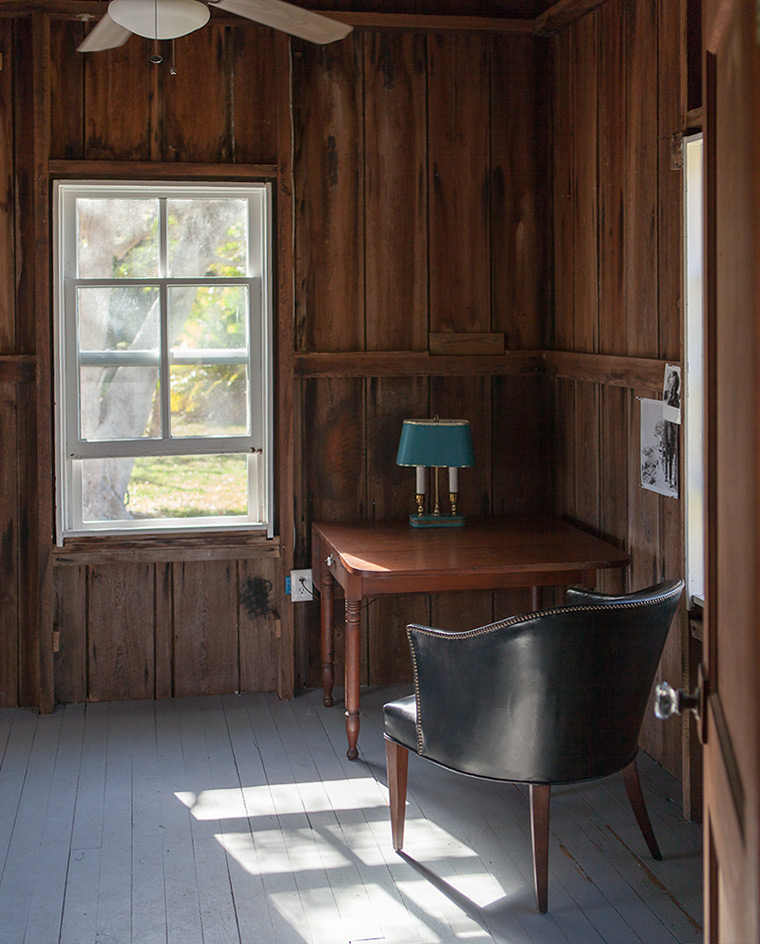
One of the propeties Rauschenberg purchased on Captiva was Waldo Cottage, a small Native American plantation worker’s home from the 1920s.
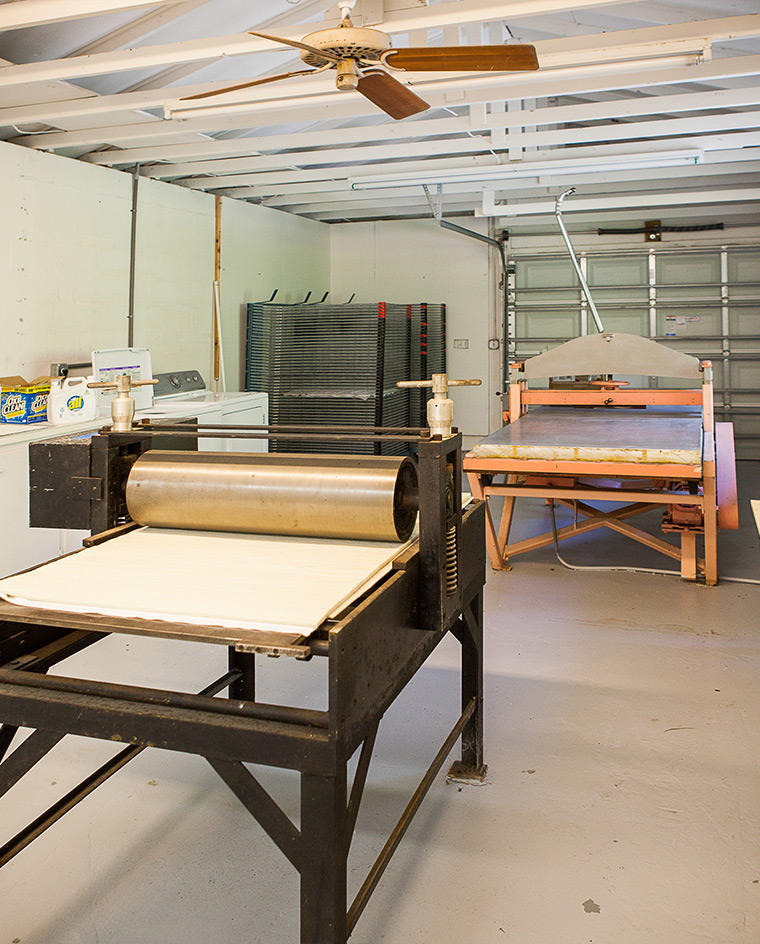
The print studio.
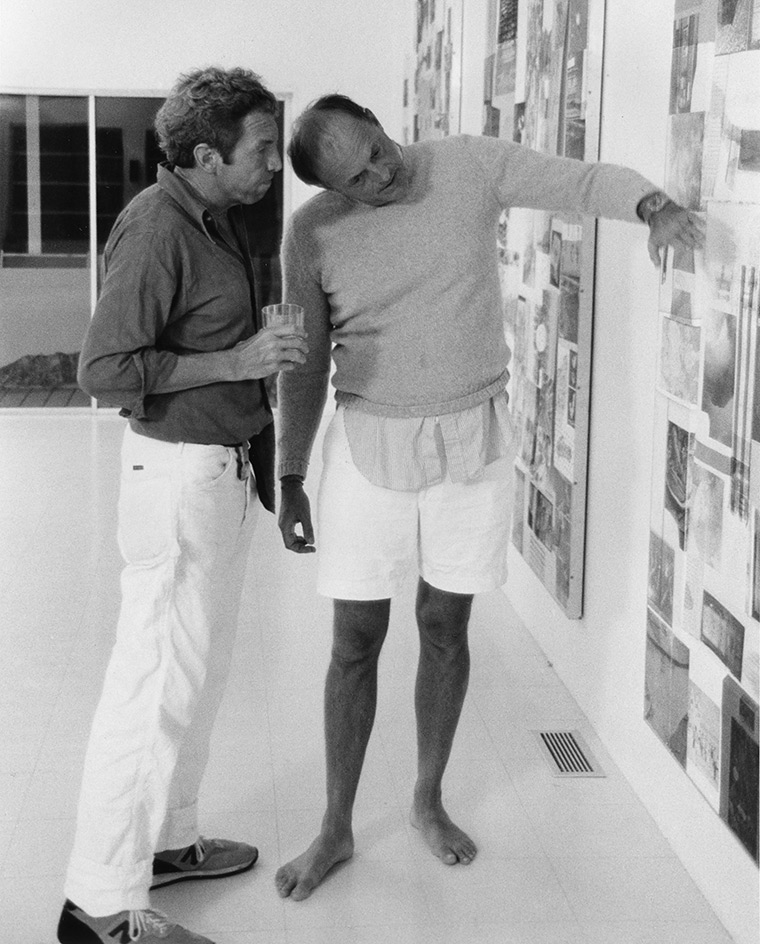
Rauschenberg and Cy Twombly discussing a painting in the former’s Laika Lane studio, 1980.

Weeks House is one of many communal spaces in the complex, now home to the Rauschenberg Foundation.
INFORMATION
For more information, visit the Rauschenberg Foundation website
Receive our daily digest of inspiration, escapism and design stories from around the world direct to your inbox.
Ann Binlot is a Brooklyn-based freelance writer who covers art, fashion, design, architecture, food, and travel for publications like Wallpaper*, the Wall Street Journal, and Monocle. She is also editor-at-large at Document Journal and Family Style magazines.
-
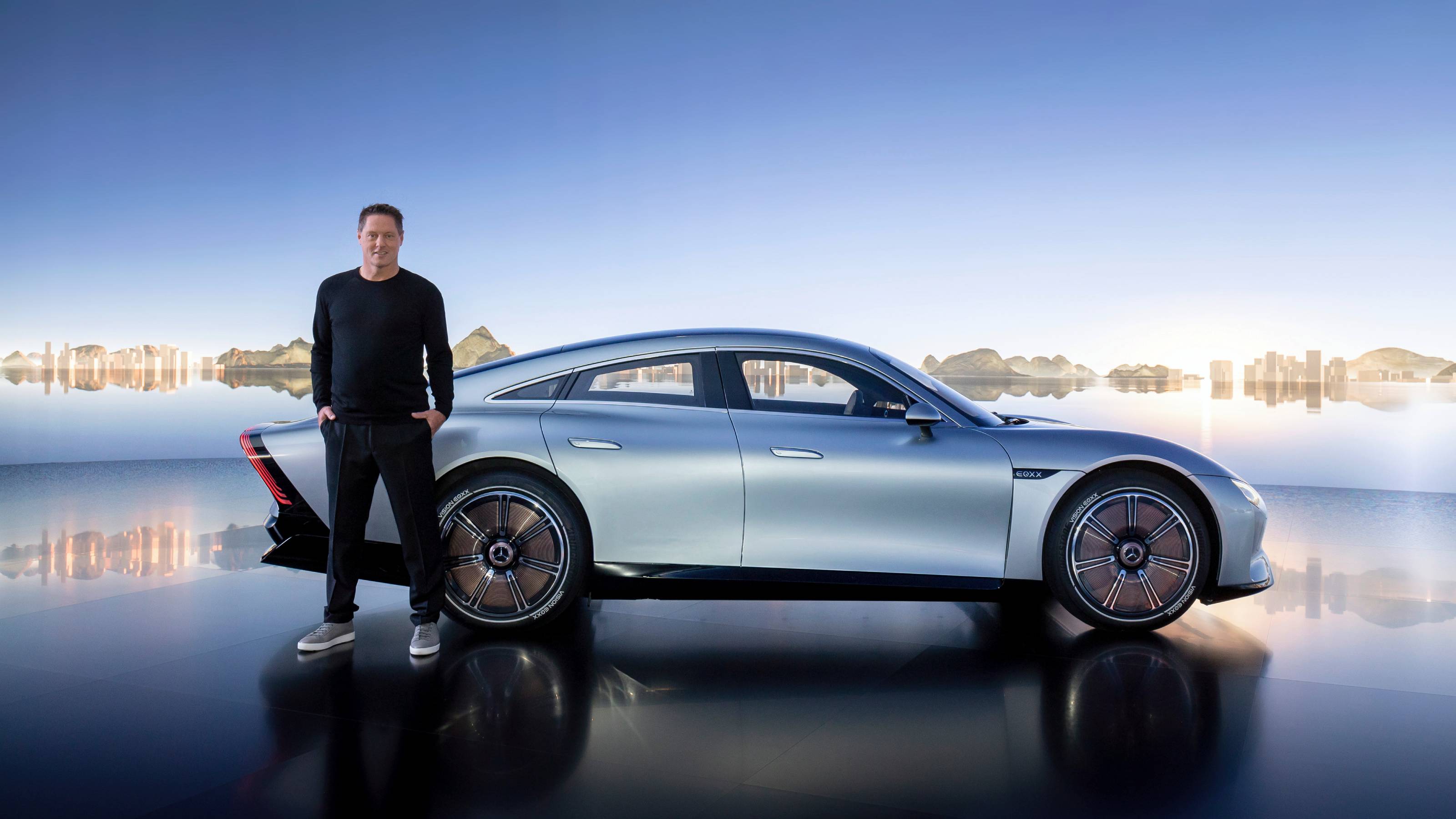 Gorden Wagener leaves the helm of Mercedes-Benz design after 28 years with the company
Gorden Wagener leaves the helm of Mercedes-Benz design after 28 years with the companyThe German designer is stepping down from the role of chief design officer at Mercedes-Benz. We look back at his influence and impact on the world of automotive and luxury design
-
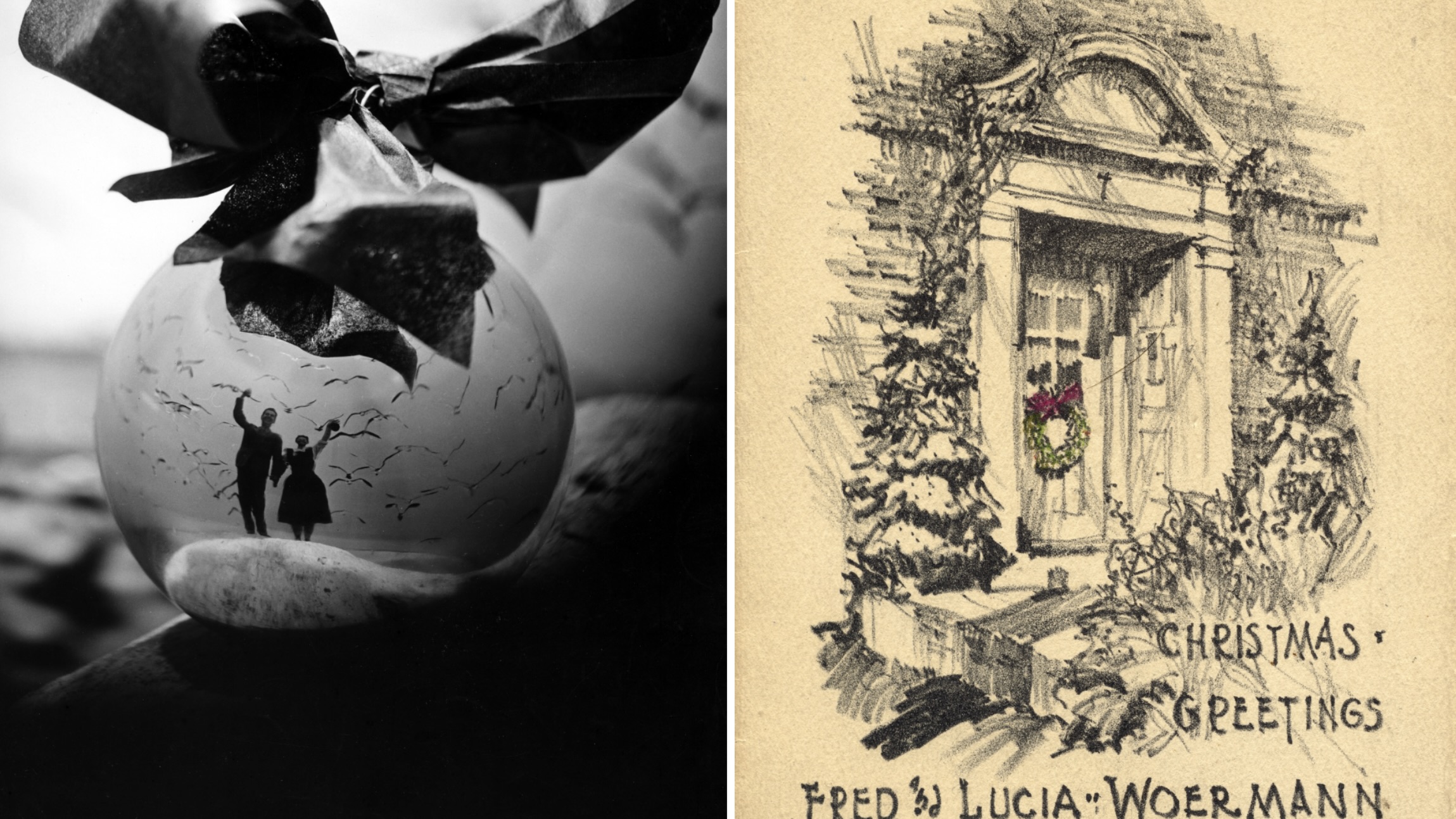 These Christmas cards sent by 20th-century architects tell their own stories
These Christmas cards sent by 20th-century architects tell their own storiesHandcrafted holiday greetings reveal the personal side of architecture and design legends such as Charles and Ray Eames, Frank Lloyd Wright and Ludwig Mies van der Rohe
-
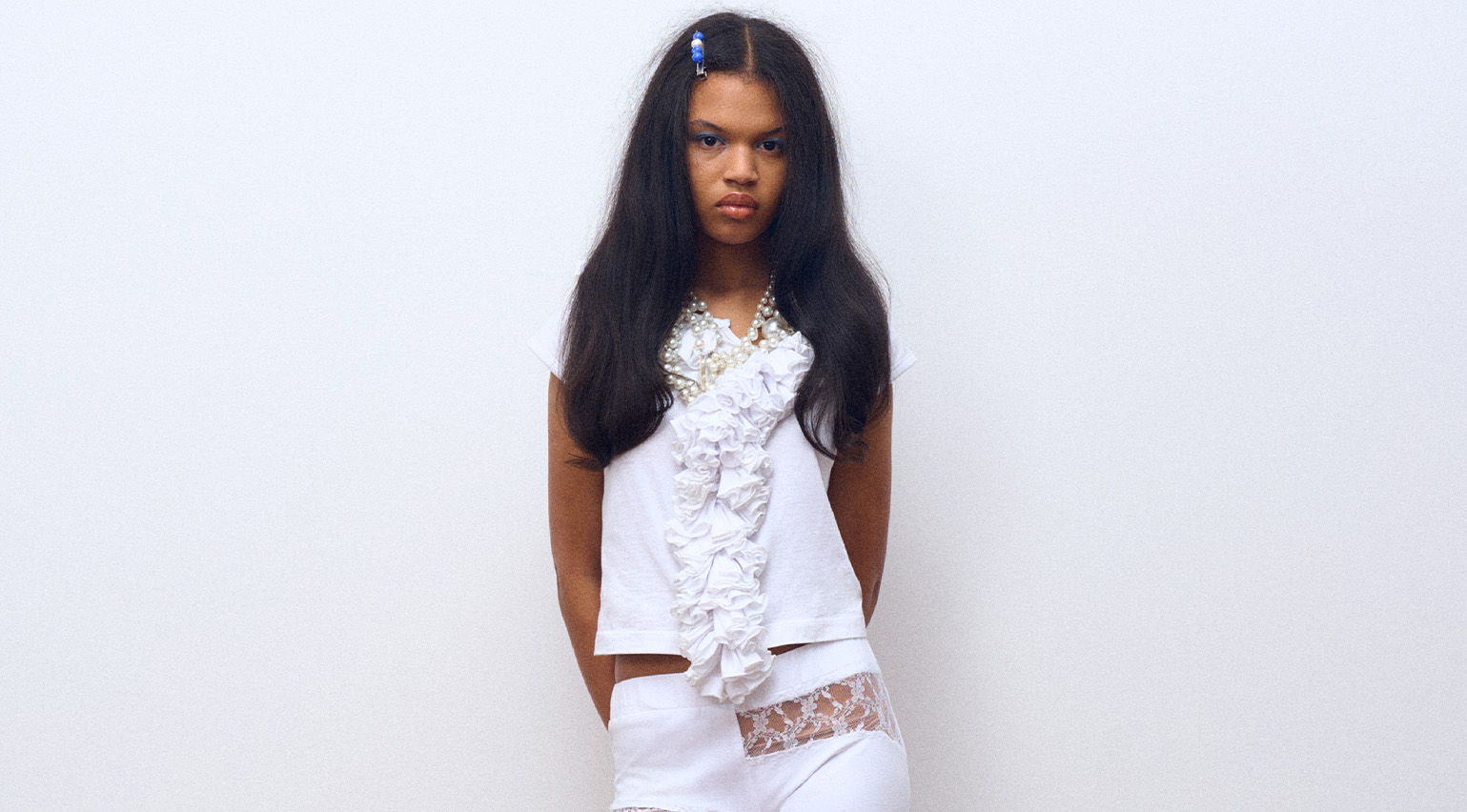 Lucila Safdie’s ‘feminine and surreal’ womenswear is inspired by teenage bedrooms and internet lore
Lucila Safdie’s ‘feminine and surreal’ womenswear is inspired by teenage bedrooms and internet loreThe latest in our Uprising series, the Central Saint Martins graduate is honing a pastel-shaded vision rooted in depictions of girlhood in film and literature
-
 Step inside this resilient, river-facing cabin for a life with ‘less stuff’
Step inside this resilient, river-facing cabin for a life with ‘less stuff’A tough little cabin designed by architects Wittman Estes, with a big view of the Pacific Northwest's Wenatchee River, is the perfect cosy retreat
-
 Remembering Robert A.M. Stern, an architect who discovered possibility in the past
Remembering Robert A.M. Stern, an architect who discovered possibility in the pastIt's easy to dismiss the late architect as a traditionalist. But Stern was, in fact, a design rebel whose buildings were as distinctly grand and buttoned-up as his chalk-striped suits
-
 Own an early John Lautner, perched in LA’s Echo Park hills
Own an early John Lautner, perched in LA’s Echo Park hillsThe restored and updated Jules Salkin Residence by John Lautner is a unique piece of Californian design heritage, an early private house by the Frank Lloyd Wright acolyte that points to his future iconic status
-
 The Stahl House – an icon of mid-century modernism – is for sale in Los Angeles
The Stahl House – an icon of mid-century modernism – is for sale in Los AngelesAfter 65 years in the hands of the same family, the home, also known as Case Study House #22, has been listed for $25 million
-
 Houston's Ismaili Centre is the most dazzling new building in America. Here's a look inside
Houston's Ismaili Centre is the most dazzling new building in America. Here's a look insideLondon-based architect Farshid Moussavi designed a new building open to all – and in the process, has created a gleaming new monument
-
 Frank Lloyd Wright’s Fountainhead will be opened to the public for the first time
Frank Lloyd Wright’s Fountainhead will be opened to the public for the first timeThe home, a defining example of the architect’s vision for American design, has been acquired by the Mississippi Museum of Art, which will open it to the public, giving visitors the chance to experience Frank Lloyd Wright’s genius firsthand
-
 Clad in terracotta, these new Williamsburg homes blend loft living and an organic feel
Clad in terracotta, these new Williamsburg homes blend loft living and an organic feelThe Williamsburg homes inside 103 Grand Street, designed by Brooklyn-based architects Of Possible, bring together elegant interiors and dramatic outdoor space in a slick, stacked volume
-
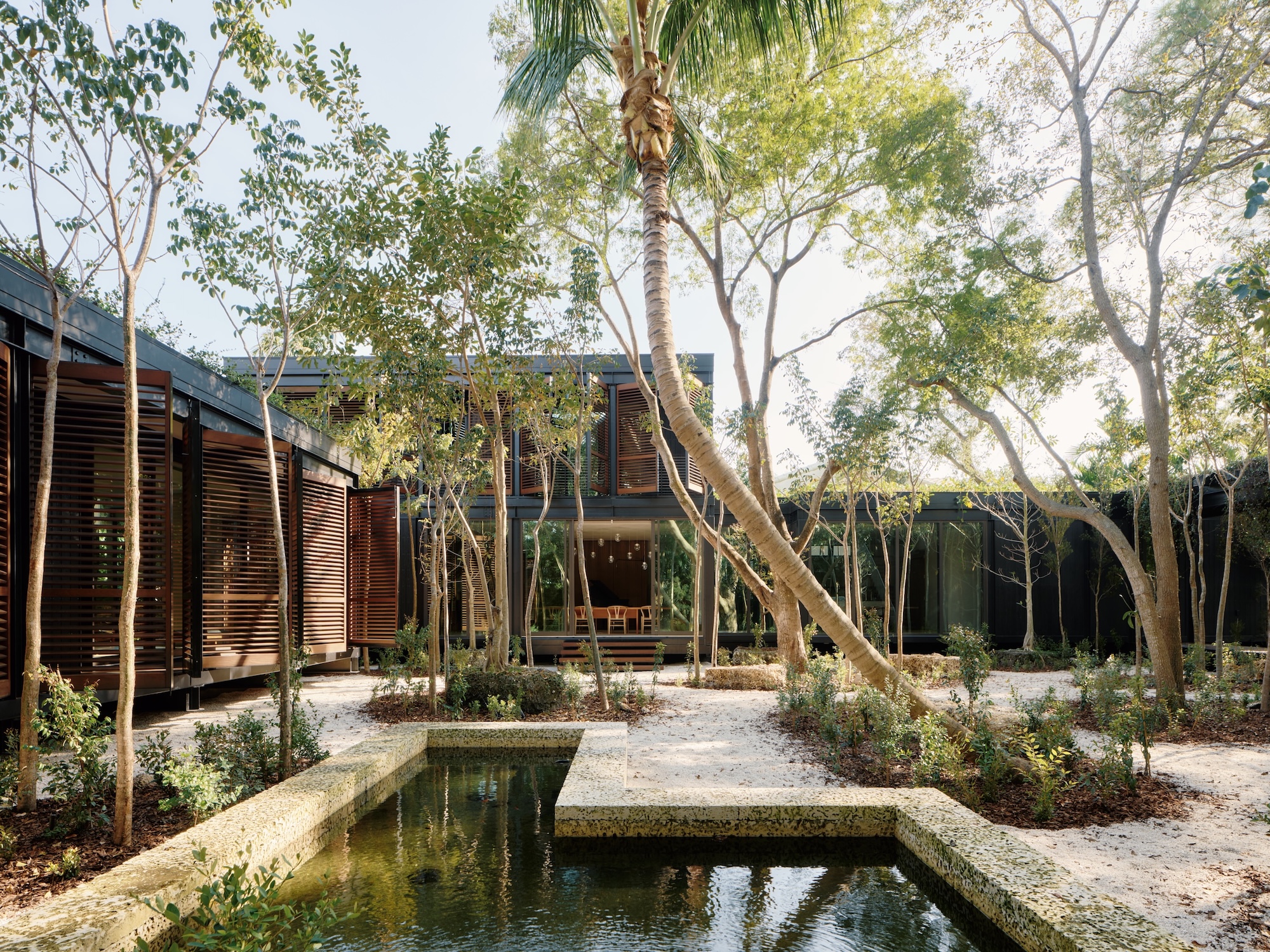 This ethereal Miami residence sprouted out of a wild, jungle-like garden
This ethereal Miami residence sprouted out of a wild, jungle-like gardenA Miami couple tapped local firm Brillhart Architecture to design them a house that merged Florida vernacular, Paul Rudolph and 'too many plants to count’